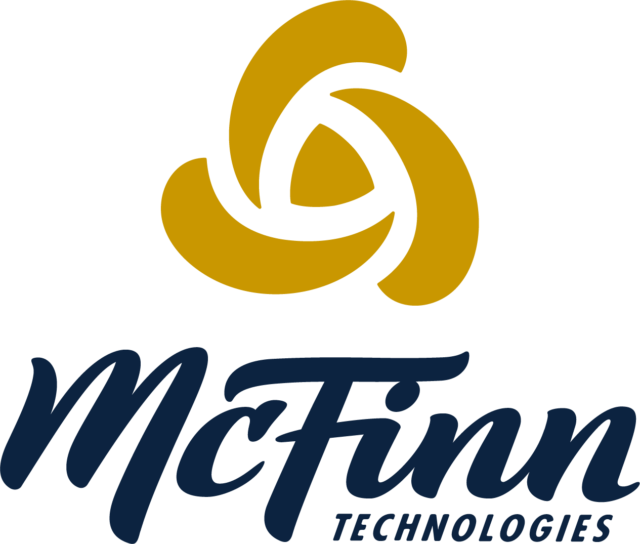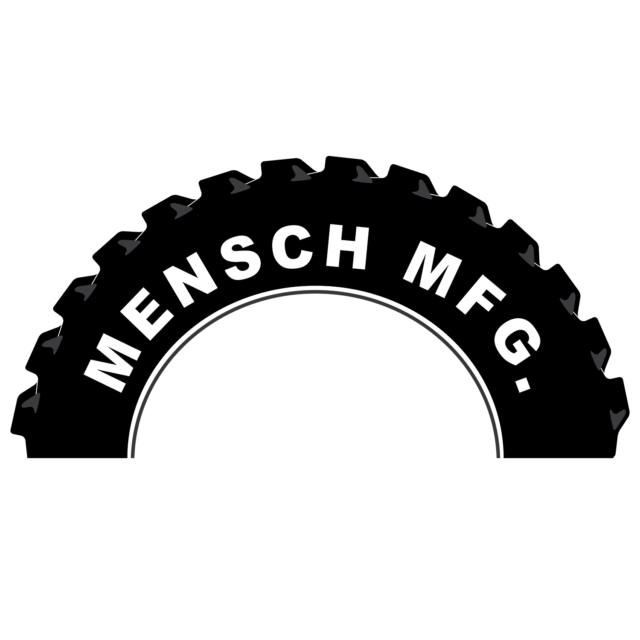Hitting the headlines at World Dairy Expo last year was the launch of the National Dairy FARM Program: Farmers Assuring Responsible Management. This voluntary, nationwide program, administered by the National Milk Producers Federation (NMPF), aims to bring consistency and uniformity to animal care through education, on-farm evaluations and objective third-party verification. At the 2009 press conference, it was publicized that on-farm evaluations would begin in 2010; third-party verification would follow in 2011. Now, 11 months later, the organization has formally announced that it is accepting enrollment in the Animal Care Program. This officially launches the second phase of the implementation process, which includes the start of on-farm evaluations for participating producers.
“We are on track,” says Betsy Flores, NMPF director of regulatory affairs. “It’s quite a large project rolling out a nationwide program. There is a lot that goes on behind the scenes.”
Education
Over the past year, the program has focused on education in publishing the education manual and quick reference guide and holding meetings around the country.
The National Dairy FARM Program Animal Care Manual details best management practices for a variety of issues, including animal health, facilities and housing, animal nutrition, and transportation and handling. The content of the manual is consistent with the principles and guidelines of the National Dairy Animal Well-Being Initiative, which was introduced at World Dairy Expo in 2008.
The Quick User Reference Guide is a companion document to the Animal Care Manual and is meant to be a convenient resource summarizing best practices that should be in place on a farm.
As a supplement to these materials, FARM has recently released an Animal Care DVD, which is also available online, in both English and Spanish that will enable producers to share the guidelines with their employees. It is set up in chapters to allow for viewing in short increments at staff meetings or other training opportunities.
The FARM program also conducted three “Train the Trainer” workshops and a number of second-party evaluator courses across the country. The Train the Trainer workshop was a two-day course with classroom and on-the-farm training was designed to prepare instructors to teach the “Second Party Evaluator” course. The second-party evaluator course is a four-hour classroom training session to train for on-farm evaluations.
On-farm evaluations
With trained evaluators in place, phase two of the program has begun with enrollment open to dairy producers. They can participate in one of two ways – individually or through their cooperative or proprietary processor. Flores suggests interested producers first talk to their processing representative to find out if the cooperative or company will be participating in the program as a group. If not, the producer can join as an individual.
Enrollment in the program will be rolling, so producers and processors can sign up at any time – now or in the future.
There is a fee associated with enrollment in the FARM program. This fee was established to cover the cost of third-party verification. While checkoff dollars were able to cover the education materials and sessions related to Dairy FARM, it will not pay for the verification process. The enrollment fees will be kept in a separate account and used for third-party verification of the program, Flores says.
Once enrolled, NMPF will help find a local evaluator or the cooperative or processor will have a trained individual available. The evaluator will come to the farm to perform the evaluation. The producer can be present the entire time or sit through the initial questions and meet up with the evaluator after they’ve walked the dairy.
After the farm visit, the evaluator will log the evaluation into the FARM database. Once they hit the “submit” button, a copy will be forwarded to the producer.
FARM is not meant to be a pass/fail system. It is to encourage continuing education on animal care practices. The evaluations allow for a second pair of eyes to catch something a producer may have overlooked and suggest areas in need of improvement to better the industry as a whole.
“Even the best-run operations could use some tweaking,” Flores says. “It also assures the customer and consumer you are doing what you say you are doing and will protect your freedom to operate,” she adds. “You can no longer say you are doing something; you have to show you are doing it.”
California leads the nation
Over the past year, FARM has been garnering support from producers, veterinarians, cooperatives, processors and retailers. In March, a coalition of California dairy groups announced its participation in FARM to promote and verify responsible animal care on the state’s 1,750 family dairy farms. As members of Dairy CARES, DFA, Land O’Lakes, Hilmar and California Dairies Inc. (CDI) have all supported the implementation of the program.
“The reason we are first in actively adopting FARM is the same reason we lead the country in many other areas. This state has a large, diverse population of consumers who, by-and-large, are the most active in the land. Retailers have learned that paying attention to consumers’ preferences is not only good for business but is also part of maintaining a relevant, robust corporate responsibility portfolio,” explains William C. Van Dam, chairman, CARES Board of Directors.
“Therefore, many of the big retailers were in the process of defining ‘animal well-being rules’ their vendors must follow in order to continue to sell to them. We simply cannot accept a situation where every dairyman (and his cooperative) must meet the requirements of every separate retail organization in order to market milk,” he adds.
Dairy CARES recognized that these were national firms and a national solution was needed. It found the FARM program to be the best response.
“In order to have sensible marketing of milk in this country, all dairymen must be in the same program. The FARM program is an effective answer to the issue,” Van Dam says, adding, “Much of the support for the FARM program comes from DMI and its source of funding is the one-third (5 cents of the 15 cents) of the checkoff dollars that are collected from every producer. California produces 20 percent of the milk in this country and is therefore contributing 20 percent of the funding. It was not a difficult decision to go with the national program.”
To implement the program, Dairy CARES set forth a five-point strategy, which is moving along according to plans. It has adopted the National Dairy FARM standards and provided outreach and education classes with the help of the University of California and California Dairy Quality Assurance Program.
“We are satisfied that the process is achieving its goal at a sensible rate. Getting the required amount of buy-in from all segments of the dairy industry is huge, necessary and, of course, time-intensive,” Van Dam says.
More than a dozen people have been certified as official trainers and have begun training evaluators. On-farm evaluations have also taken place on a handful of dairies, with many more anticipated to be done in the next year.
As the program matures, post-evaluation support and assistance will occur later this year, with third-party verifications slated to begin in 2011. The program will continue into the future with follow-up evaluations on a routine basis.
Once the initial round of evaluations are complete, Dairy CARES plans to implement ongoing producer education. It will determine from the evaluations the areas that need the most improvement and focus the training on those.
Van Dam adds, “The California roll-out is a pretty big test of how the system will operate. Additional adjustments may have to be made as we roll this out.”
What comes next?
NMPF is also anticipating adjustments to the program.
“It will be a learning experience as we move forward,” Flores says. “The program will evolve over time and in five years it will most likely look different than it does today, just as the dairy industry is constantly evolving.”
Once a number of on-farm evaluations have taken place to show significant entries in the FARM database, third-party verification will begin. If everything continues as planned, Flores estimates this will occur during the second half of 2011.
The third-party verification will help identify any anomalies or inconsistencies in the program, and NMPF is prepared to make adjustments as needed. For instance, if there are inconsistencies among evaluator scoring methods, refresher training may be offered.
The confidential, secure database of information will be managed by NMPF. Producers may have access to their individual records, and cooperatives and processors may have access to the records of producers enrolled through them. This will allow producers and processors to identify areas of needed improvement and education, while also noting progression over time.
“The main focus is continual improvement,” Flores says.
NMPF plans to use information in the database strictly on an aggregate basis to monitor the program and its accomplishments as a whole. Shared with retailers and consumers, this group data can reinforce the program and the message that dairy producers care for their animals.
“The program is valuable to ensure the validity and integrity of what we do as producers,” Flores says. PD
To learn more about, apply for enrollment or provide feedback on the program, go to the National Dairy FARM website at www.nationaldairyfarm.com or call NMPF at (703) 243-6111.




